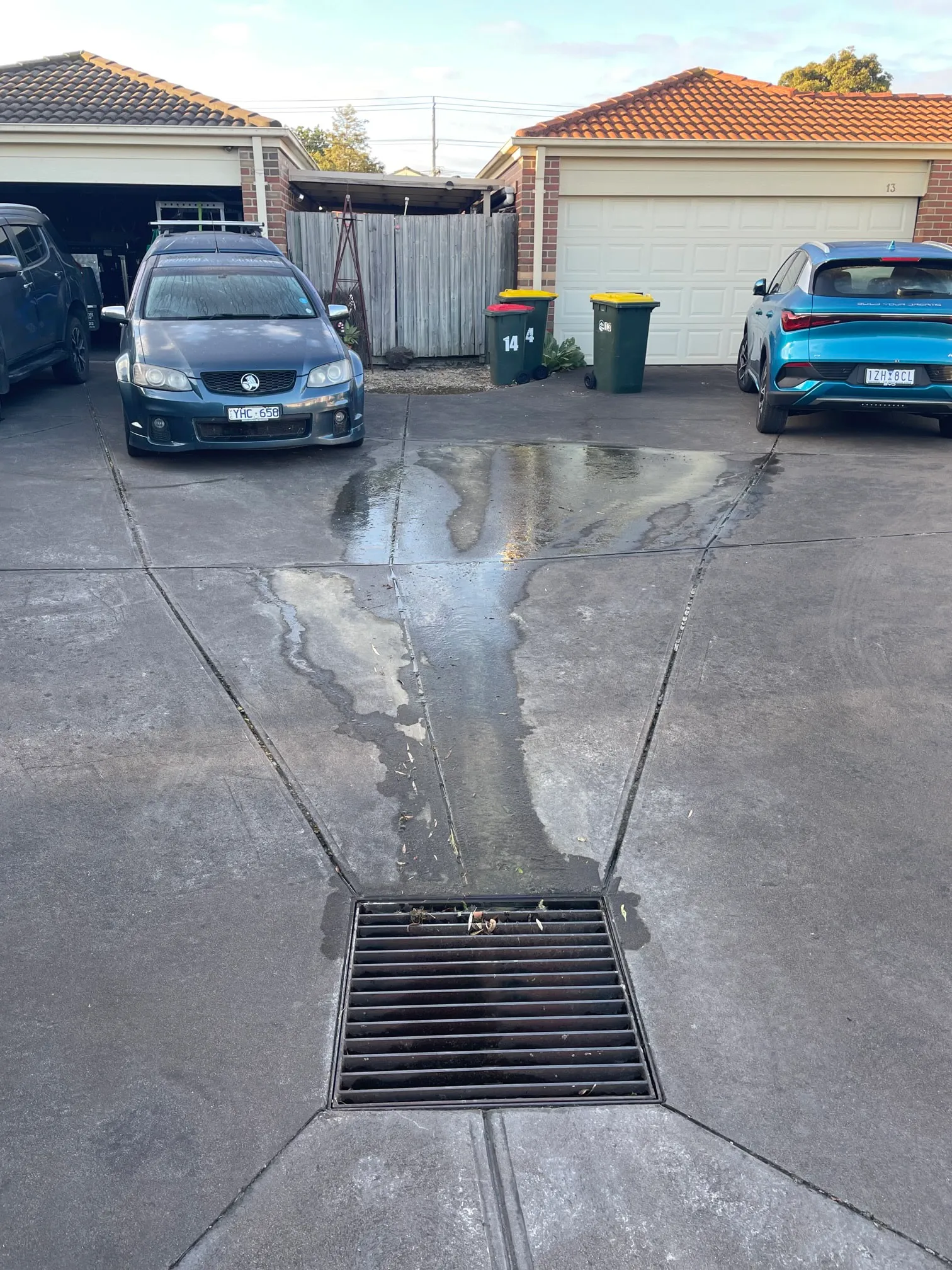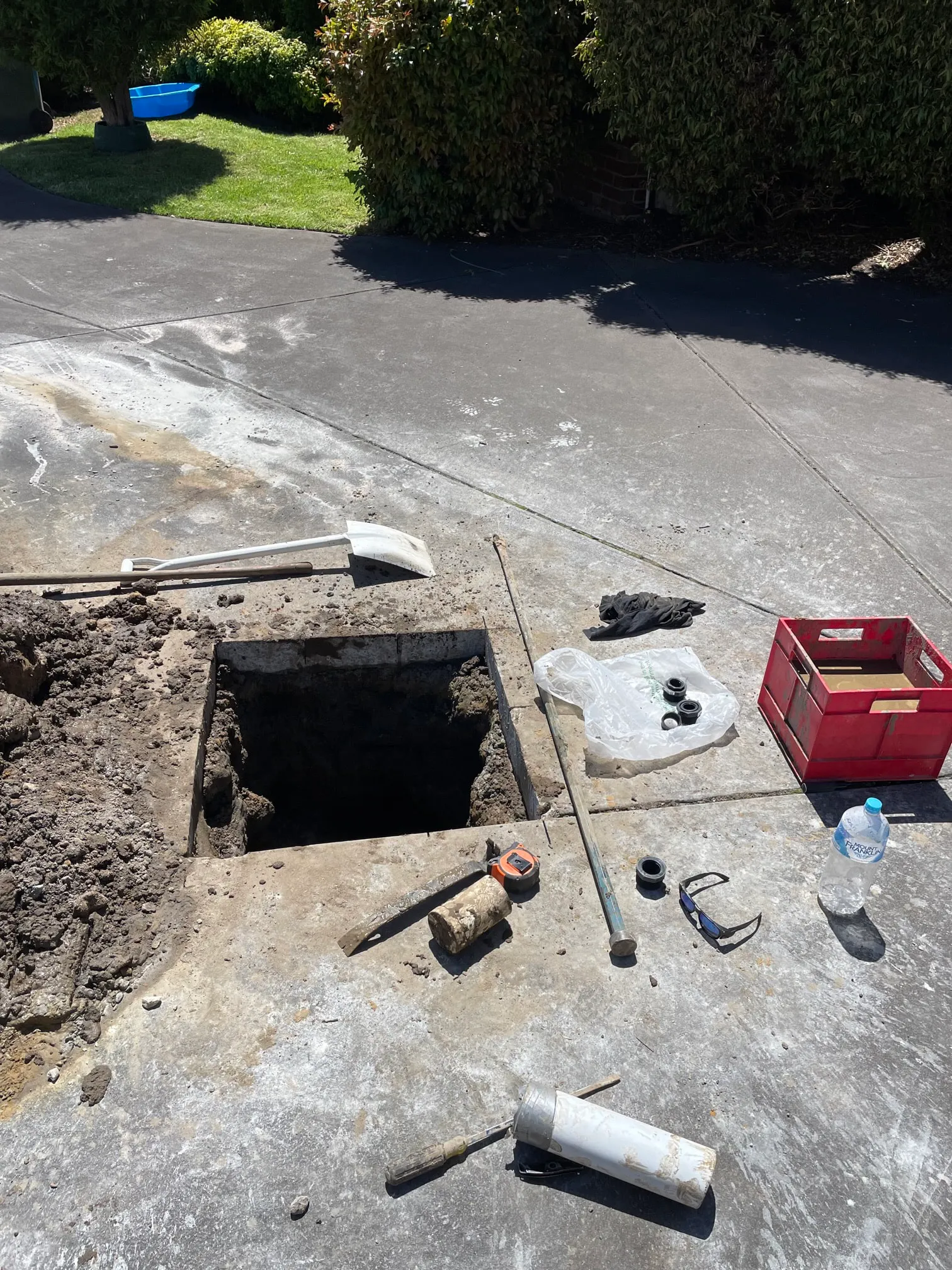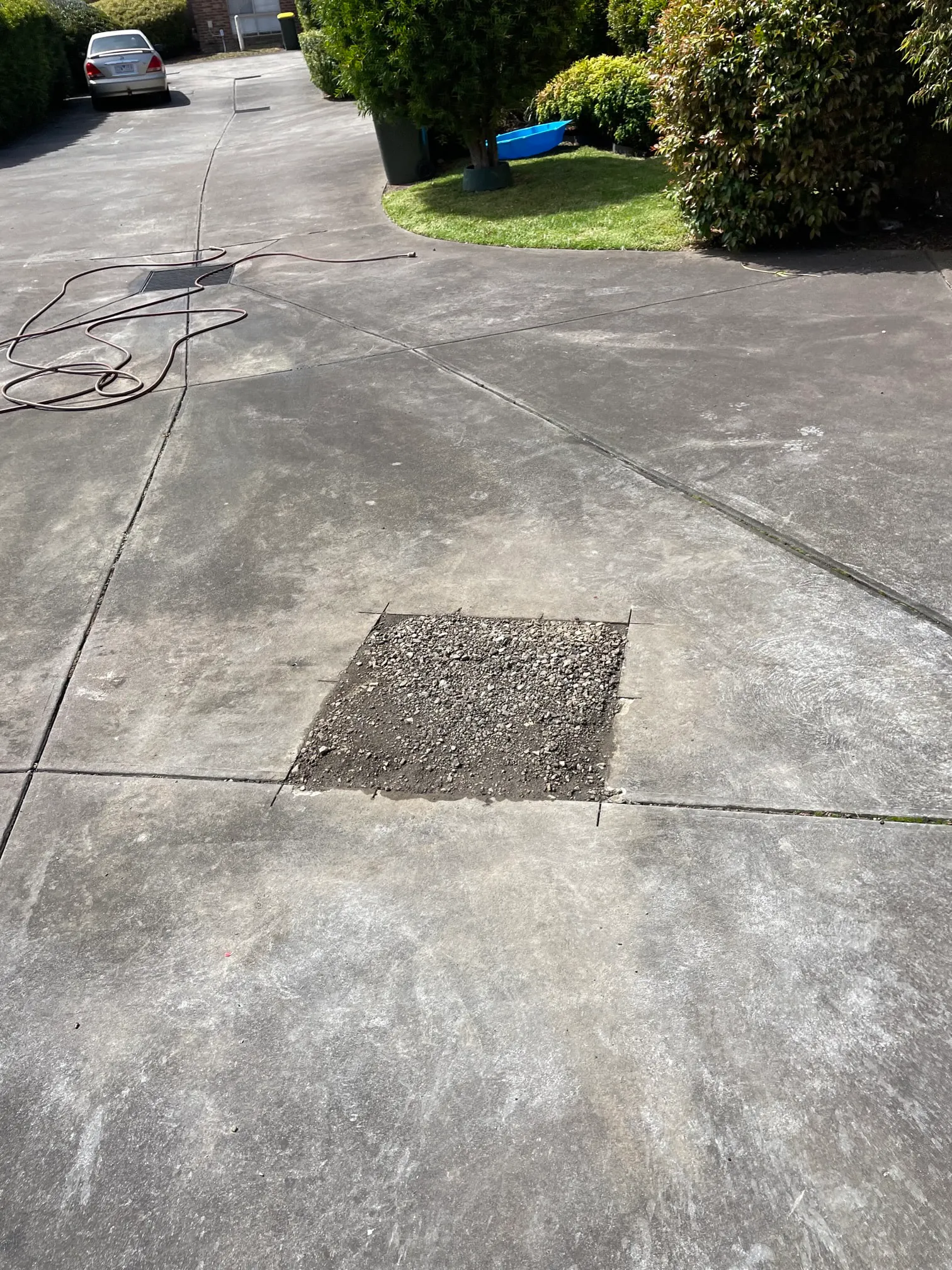

Underground water leak detection made easy by QC Plumbing's acoustic water testing equipment
QC Plumbing, a forward-thinking plumbing service provider, recently faced a challenging situation with a client experiencing unexplained water leakage surfacing through various spots in their driveway. Traditional methods of leak detection could have resulted in significant disruption and unnecessary damage to the property. This case study explores how QC Plumbing's adoption of acoustic water testing equipment not only pinpointed the leak with remarkable precision but also offered a swift and efficient resolution to the problem.
Client Problem
The client reported water mysteriously bubbling up through their driveway, indicating an underground pipe leak. However, the exact source of the leak was unknown, presenting a significant challenge. Traditional leak detection methods could involve extensive and invasive excavation over a broad area (approximately 10 square meters) without guaranteeing immediate identification of the leak's location. This approach risked increasing the repair time, cost, and inconvenience for the homeowner.
Solution
QC Plumbing deployed its state-of-the-art acoustic water testing equipment to address this issue. This advanced technology is designed to listen for the unique sound signatures produced by water escaping from pressurized pipes. By meticulously scanning the suspected area, QC Plumbing's skilled technicians were able to detect and localize the sound of the leaking water, narrowing down the leak's location to a precise 1 square meter area.

Process
Initial Assessment:
Upon arrival, QC Plumbing thoroughly assessed the reported leakage area without any preliminary excavation.
Acoustic Testing:
Using acoustic detection equipment, the technicians began scanning the driveway, listening for the distinct noise of leaking water underground.
Leak Localisation:
The equipment identified the leak's exact position with remarkable accuracy, pinpointing it to a specific 1 square meter area, significantly reducing the scope of excavation required.
Excavation and Repair:
With the leak accurately located, a minimal and targeted excavation was performed, immediately followed by the necessary repairs to the damaged pipe.
Restoration:
After the repair, the affected area was restored with minimal disruption to the client's property.
Outcome
The use of acoustic water testing equipment not only expedited the detection and repair process but also minimised the physical and aesthetic impact on the client's property. QC Plumbing successfully repaired the leak within the same day, a stark contrast to the traditional method which could have taken several days, involving multiple visits by different professionals and potential delays in scheduling.

Key Benefits
Precision:
The technology enabled precise localisation of the leak, avoiding unnecessary damage from extensive excavation.
Efficiency:
The leak was detected and repaired swiftly within the same day, significantly reducing the repair time.
Cost-Effectiveness:
Minimising excavation and repair areas helped in reducing the overall cost of the repair for the homeowner.
Convenience:
The client experienced minimal disruption to their daily life and property, thanks to the targeted approach and quick resolution.
Conclusion
QC Plumbing's innovative use of acoustic water testing equipment represents a significant advancement in the field of plumbing and leak detection. By integrating this technology into their service offerings, QC Plumbing not only enhanced their operational efficiency but also provided superior value to their clients through quicker, less invasive, and more cost-effective solutions. This case study underscores the importance of adopting modern technologies in traditional industries to solve complex problems more effectively and with greater consideration for client satisfaction and environmental impact.



